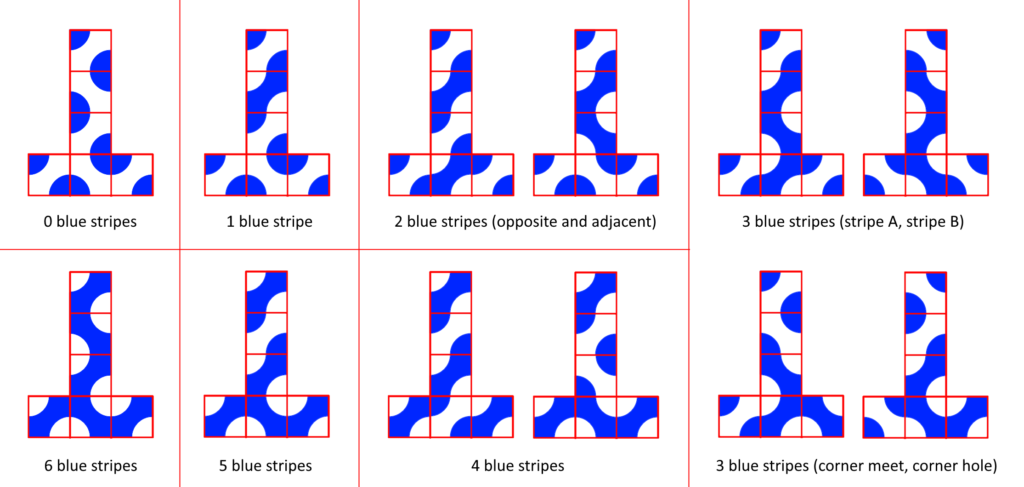Maths
The faces of the blocks are called Truchet tiles. They are made of two quarter-circles in opposite corners of a square. There are two types of Truchet tile:
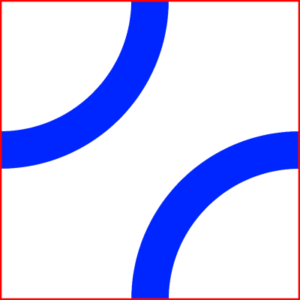
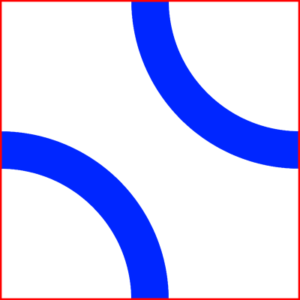
Together they make fun blobby patterns like this:
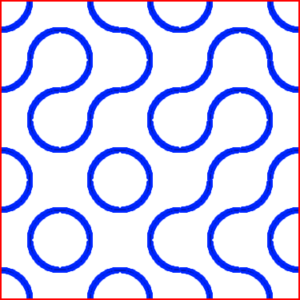
Which can then be coloured in like this:
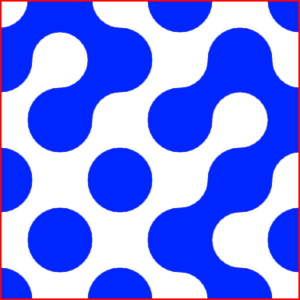
Different combinations can make very different designs.
We used the Truchet tiles to make our blocks. Two blocks can look different but, when you rotate the block, they are actually the same. So how many different blocks are there?
Each face of our blocks either have a blue stripe down the middle, or a white stripe down the middle. If you consider all the blocks that have 0 blues stripes, 1 blue stripe, 2 blue stripes, 3 blue stripes, 4 blue stripes, 5 blue stripes and 6 blue stripes you get this set of twelve blocks:
